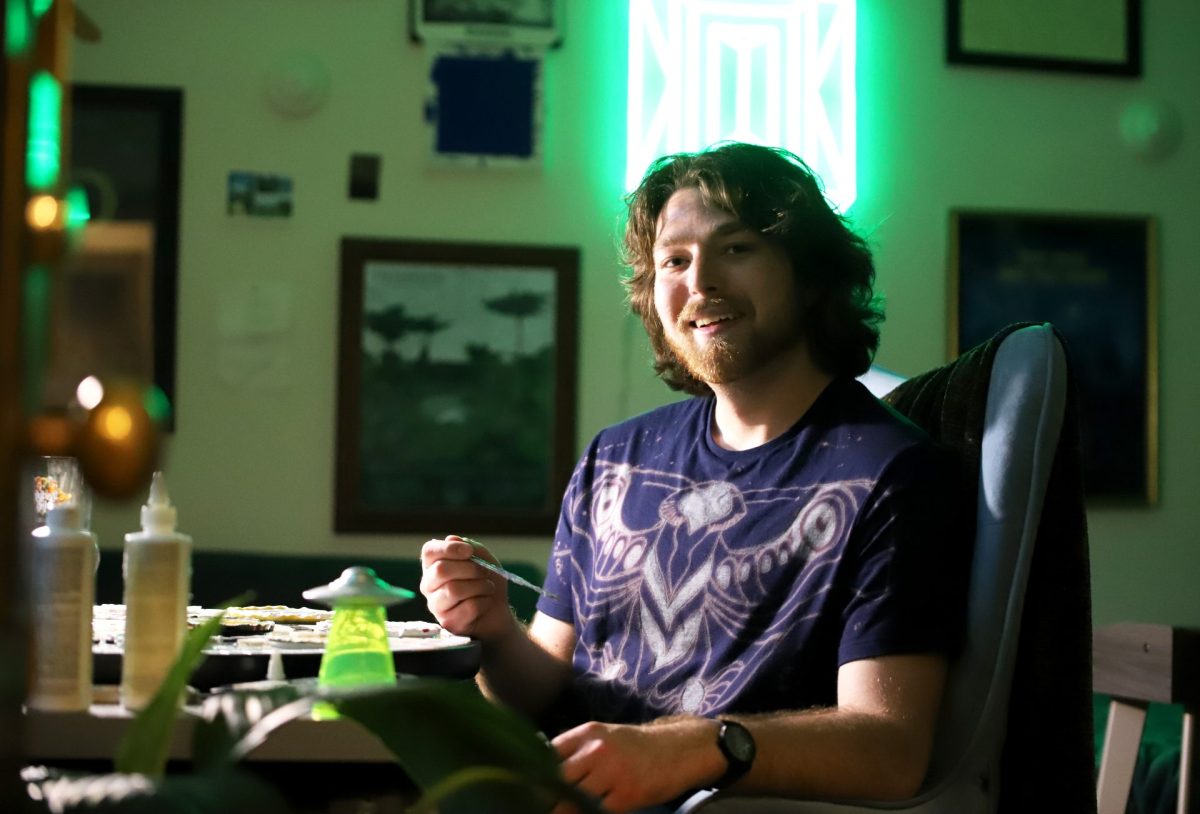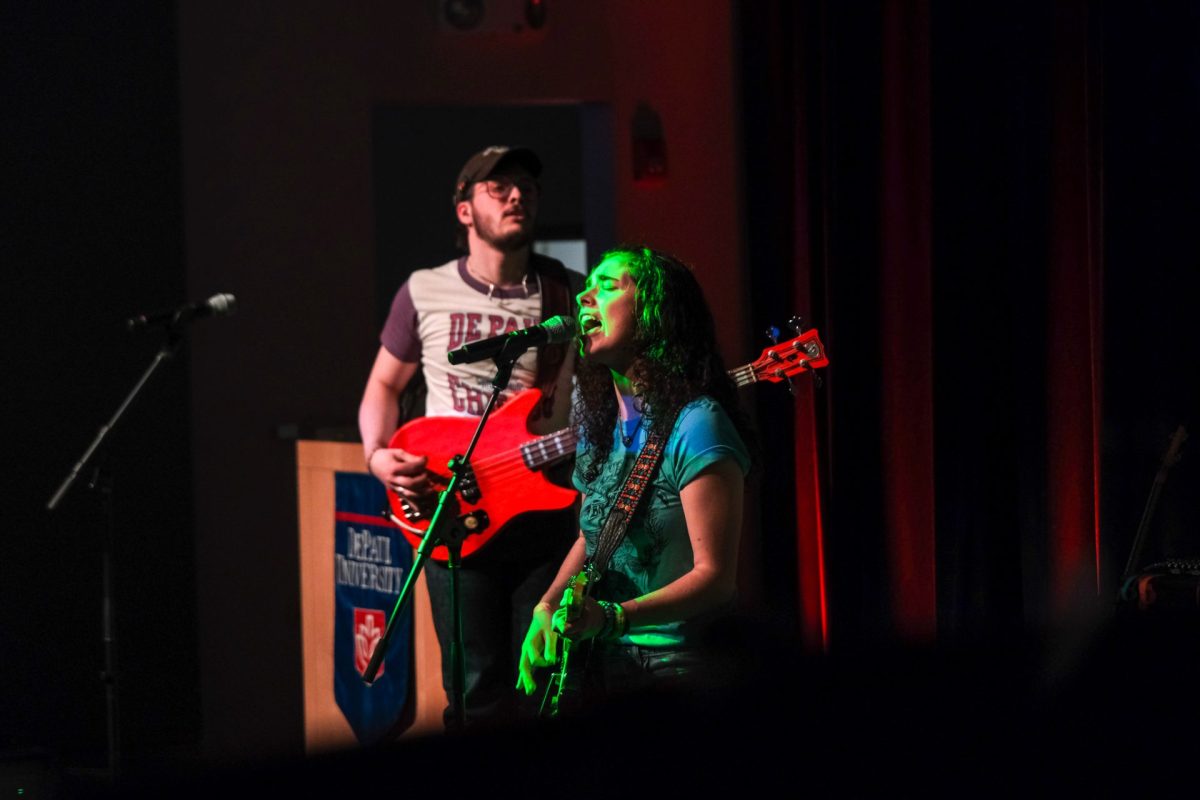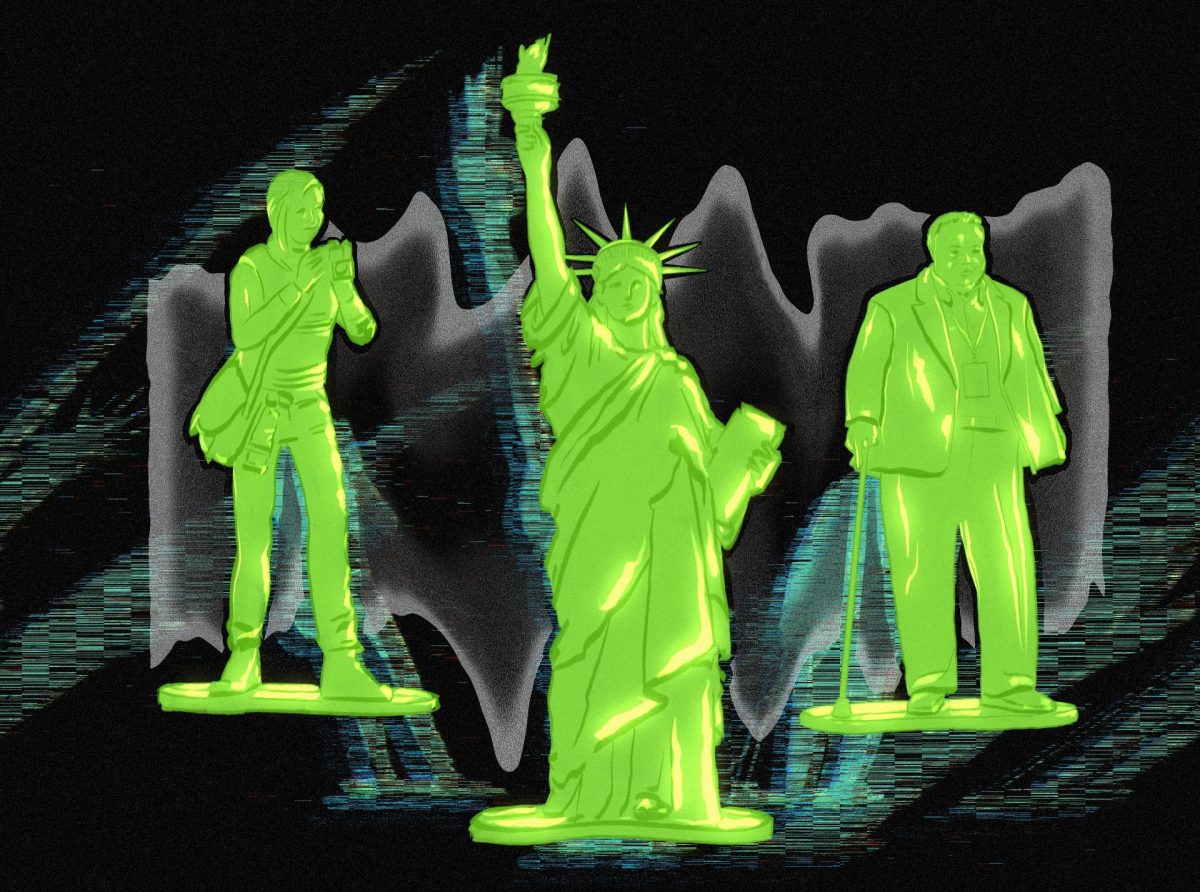If you happen to be downtown between now and June 15, head over to the Museum of Contemporary Art and check out the Warhol and Marisol exhibit, which focuses not only on the pop art of the 1960s, but also on the close relationship between two prominent artists of the 20th century: Andy Warhol and Marisol Escobar (known as simply “Marisol”). This small exhibit gives insight to the friendship the two artists shared, as well as displaying several pieces of their art. The pieces on exhibition reflect not only the pop art era, but also the individual styles of the artists and how they incorporated their friendship into their artwork.
Pop art emerged in the 1960s, during a time of much social and cultural change. Warhol, an artist born in 1928 to Slovakian immigrants in Pittsburgh, greatly contributed to this wave of new and modern art, and is still associated today with much of the pop art era. However, Warhol was not alone in this contribution to the pop art movement of the 1960s. Around this time, Warhol met and developed a close friendship with French artist Marisol. Marisol began painting and drawing in her teens, and later studied art in Paris, New York City and Los Angeles, where she moved with her father and brother after her mother’s death.
The two artists spent much time together, attending parties and exhibitions together, and each having solo shows at Eleanor Ward’s Stable Gallery in New York City. Warhol and Roy Lichtenstein, another famous artist of the pop art era both influenced Marisol to create more art to add to the movement. As the two artists became closer, Warhol and Marisol eventually began to use each other as models. Warhol featured Marisol in some of his early films, such as “The Kiss” and “13 Most Beautiful Girls.”While Warhol expanded his repertoire with films, Marisol expanded hers with the making of 3D sculptures. She produced a sculpture of Warhol, made with wood, plaster, oil and graphite. She entitled it “Andy,” to display their close friendship, both as artists and regular people. Marisol’s sculpture even includes an actual pair of Warhol’s shoes, which were also used to accentuate their close and personal relationship.
While Warhol utilized silk screens to create mass media photographs and paintings, Marisol formed portraits by creating sculptures made of wood, box-like shapes, painted exteriors, and 3D attachments made of castings or regular objects found in the average household. While both Warhol and Escobar focused on portraiture as well as repeating figures, Warhol’s methods were more mechanized, whereas Marisol’s came more from handcrafting.
The exhibit at the Museum of Contemporary Art holds “Andy,” as well as other pieces from both artists demonstrating their techniques used in the ’60s. Admission to the museum is free for Illinois residents on Tuesdays, and $7 for students for the rest of the week. The museum is located two blocks from the Chicago Red Line stop at 220 E. Chicago Ave.







